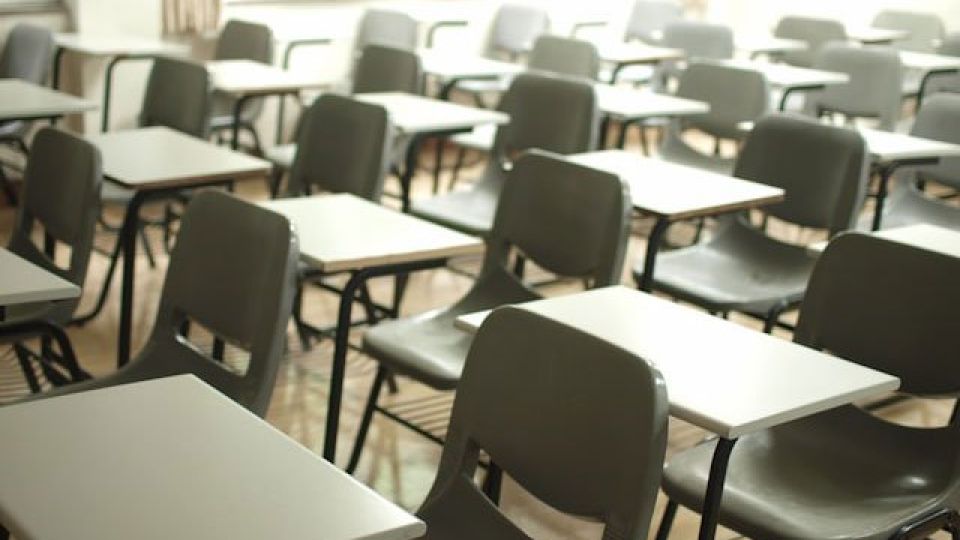February 14, 2025
As parents and students express fears and concerns about safety at school, the government on Wednesday announced it would seek to revise a law to place teachers with mental disorders on compulsory leave.
Education Minister Lee Ju-ho said that the amendment, tentatively named the “Ha-neul law” after the late student, would allow education authorities to consider ordering compulsory leave for school teachers having difficulty carrying out their duties due to mental disorders.
The government’s move came after both the ruling and opposition political parties called for the introduction of a law to ensure that such a tragic incident does not happen again.
But there is also a voice that demands authorities identify the exact cause of the incident and expresses worries about misguided and negative overgeneralization concerning mental disorders.
Critics argue that the Daejeon murder case highlights the need of consideration for the mental health of teachers. According to data from the National Health Insurance Service, the number of primary school teachers who sought medical treatment for depression or anxiety rose from 4,819 in 2020 to 9,468 in 2023 — nearly doubling in just three years.
A similar trend is evident for secondary schools, where the figure climbed from 4,449 to 7,335 over the same period. While multiple factors likely contribute to this worrisome trend, the grave implications for classroom safety are becoming ever more evident.
Stress from interactions with parents, students and other external pressures appears to be exacerbating the problem. However, support programs remain inadequate.
But it is dangerous to assume that teacher violence comes solely from depression.
The Korean Medical Association issued a statement Thursday arguing that it is premature to make a conclusion on the causes of the incident and noted that multiple studies on individuals with depression have found no statistically significant difference in the rate of serious crimes compared to those without the condition.
Overgeneralizing risks reinforcing stigmas surrounding mental illness. This is especially so in a nation where people tend to hide their mental illnesses for fear of being alienated and put at a disadvantage in the workplace.
It would be wrong to assume that all teachers with depression have reached a dangerous threshold. However, when warning signs emerge as in the case of the Daejeon case, preventive measures must be taken without delay to avert potential tragedies.
The loss of a young student’s life — particularly at the hands of a teacher, within the supposed safety of a school — must not be allowed to recur.


